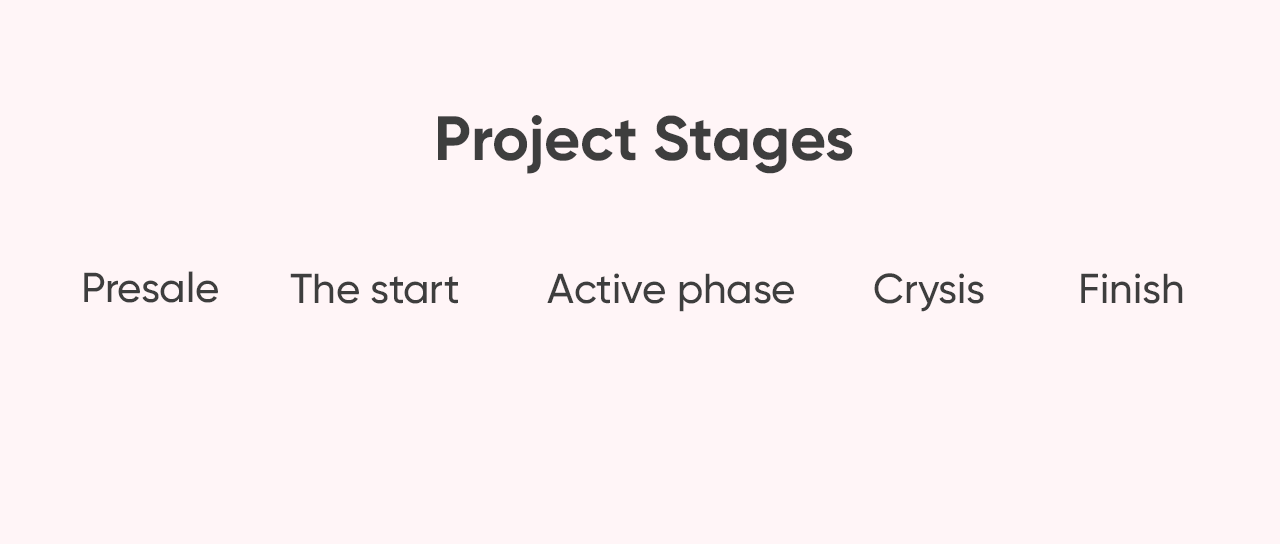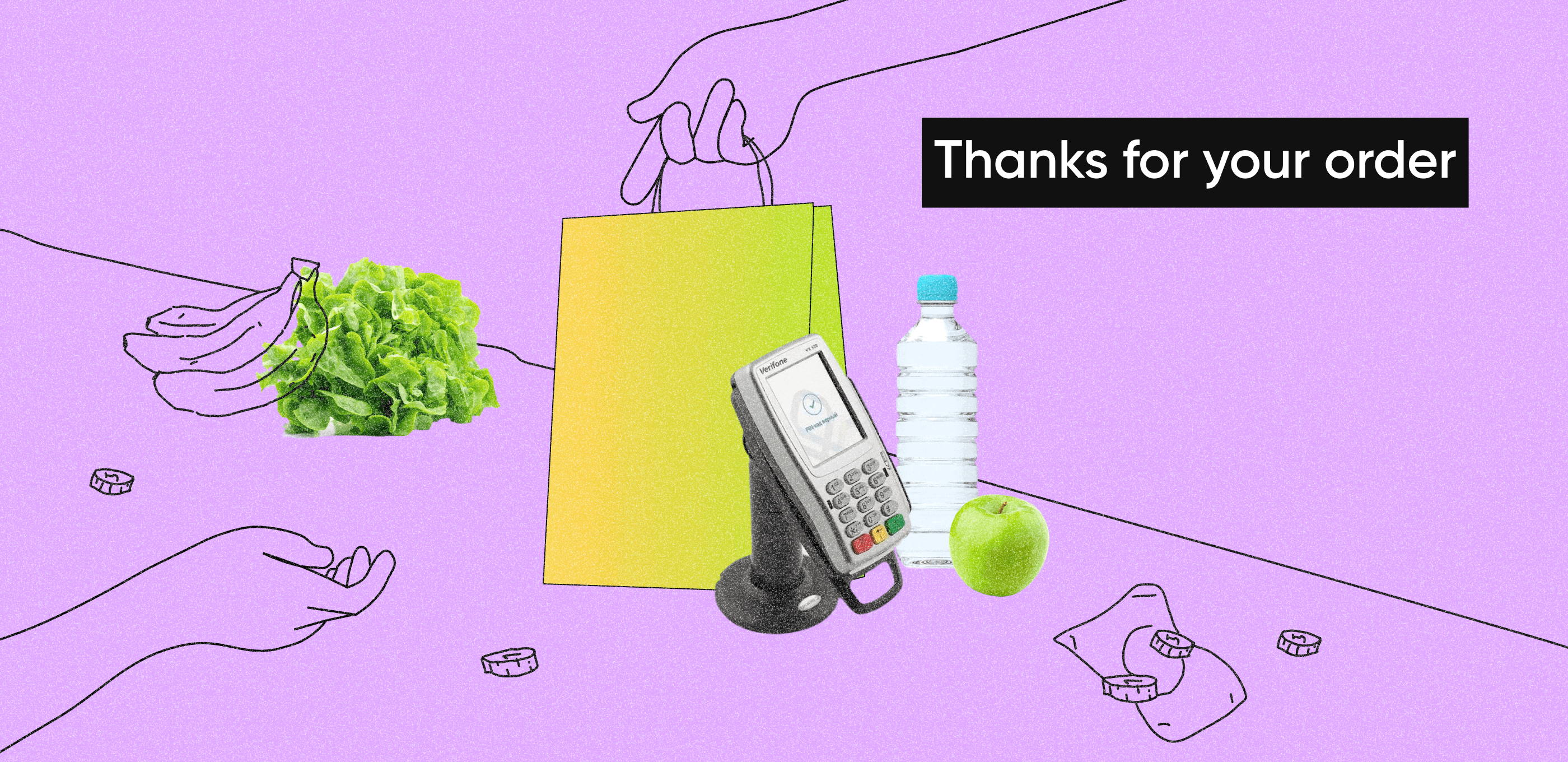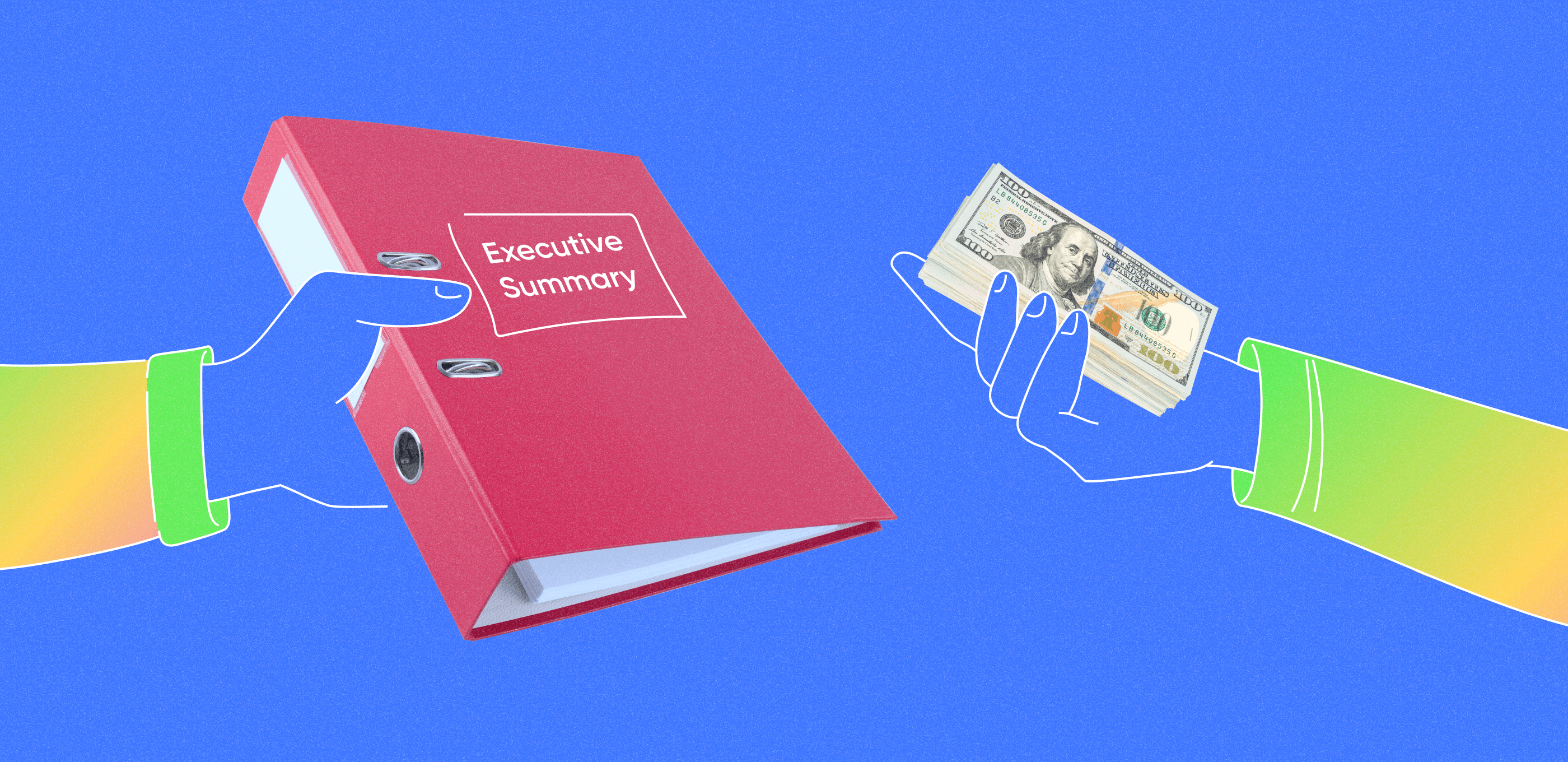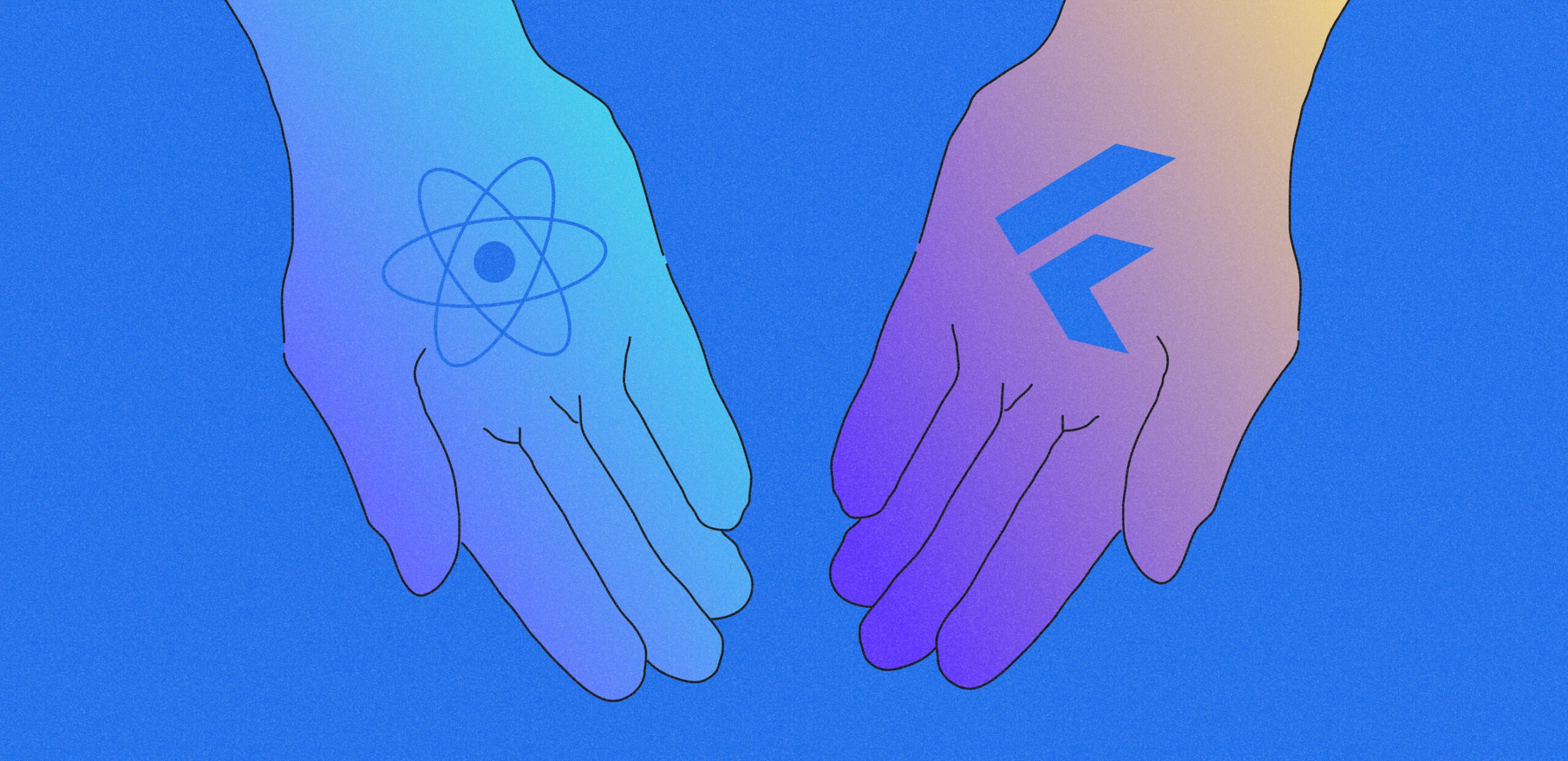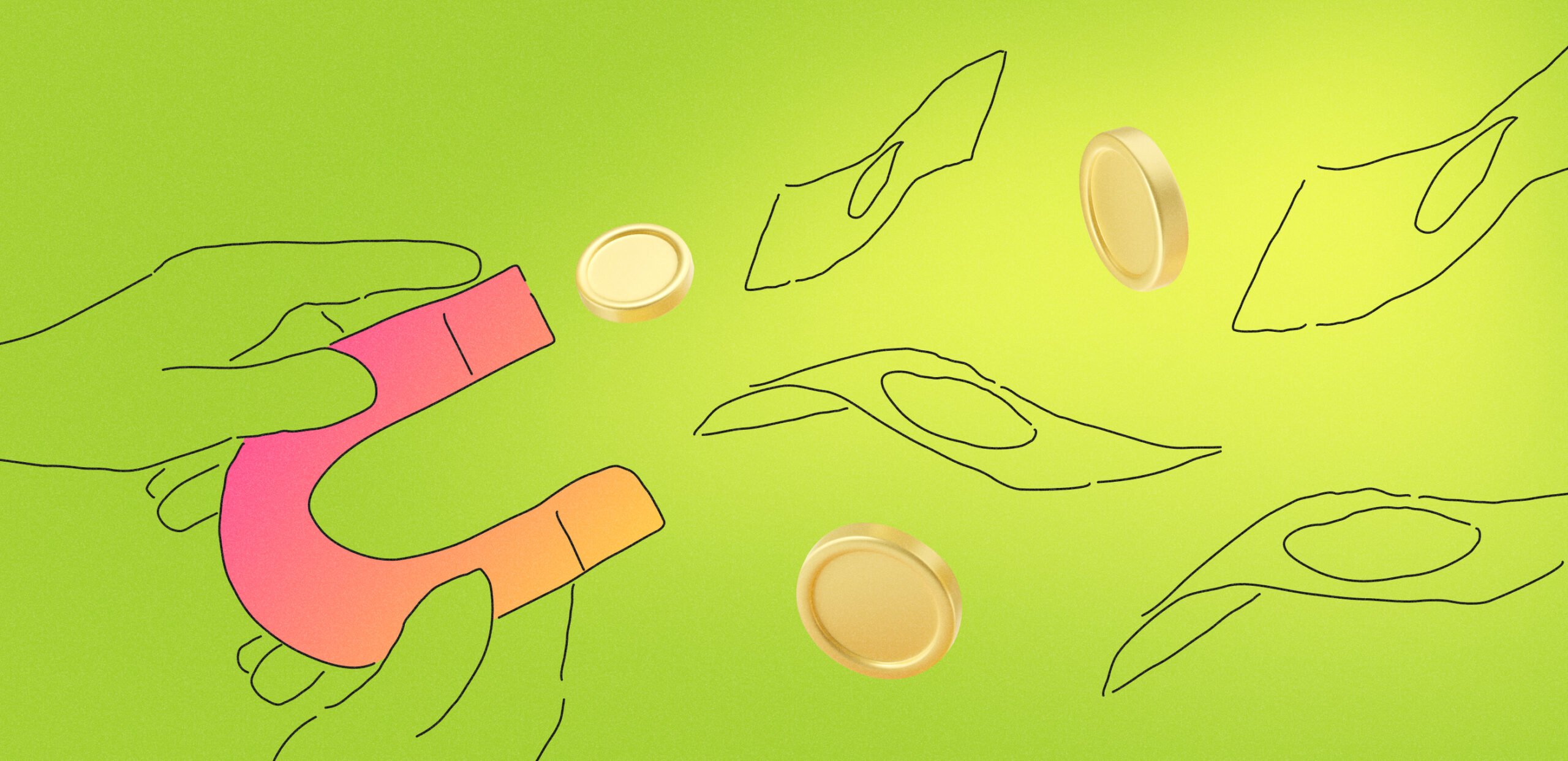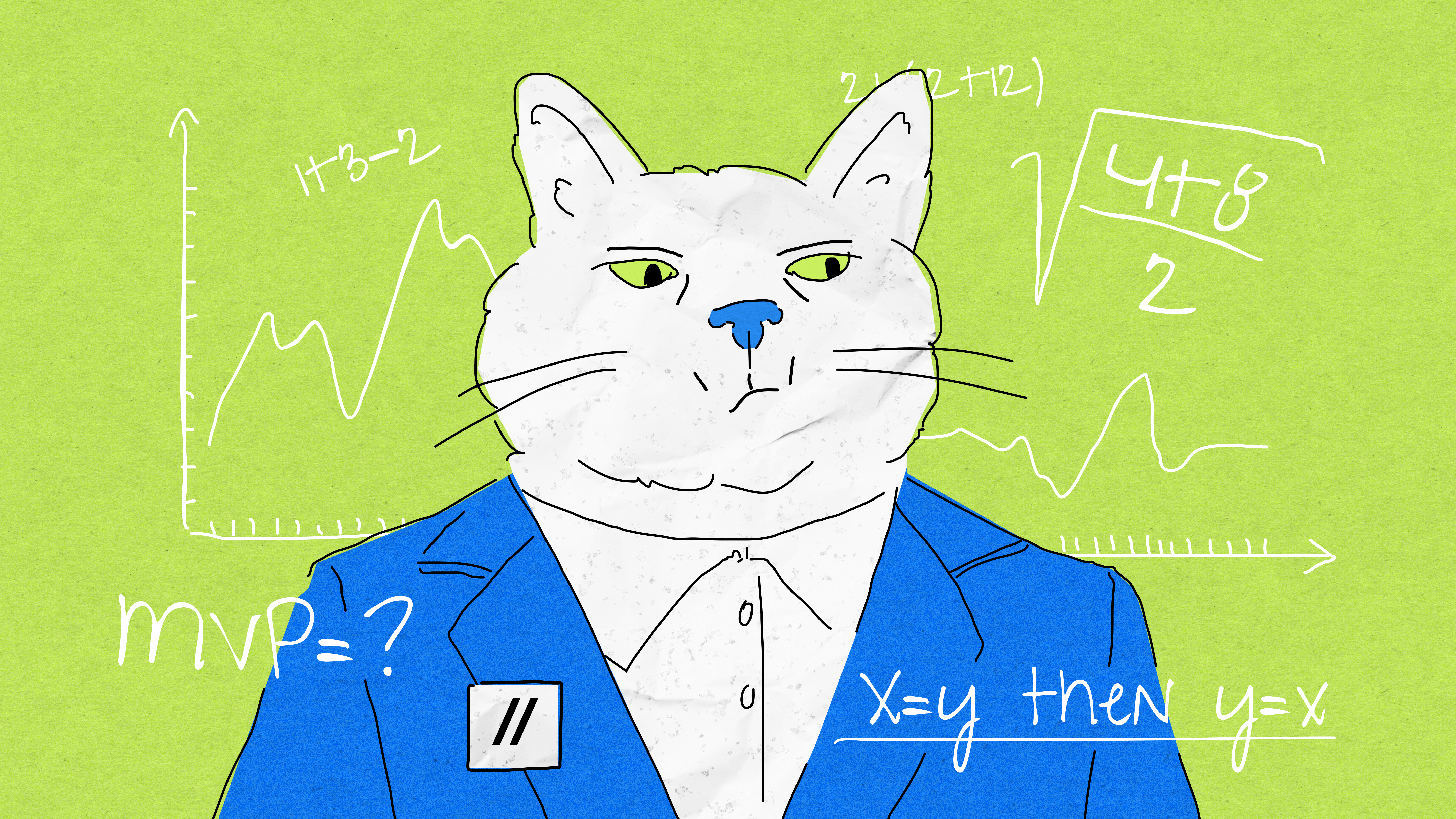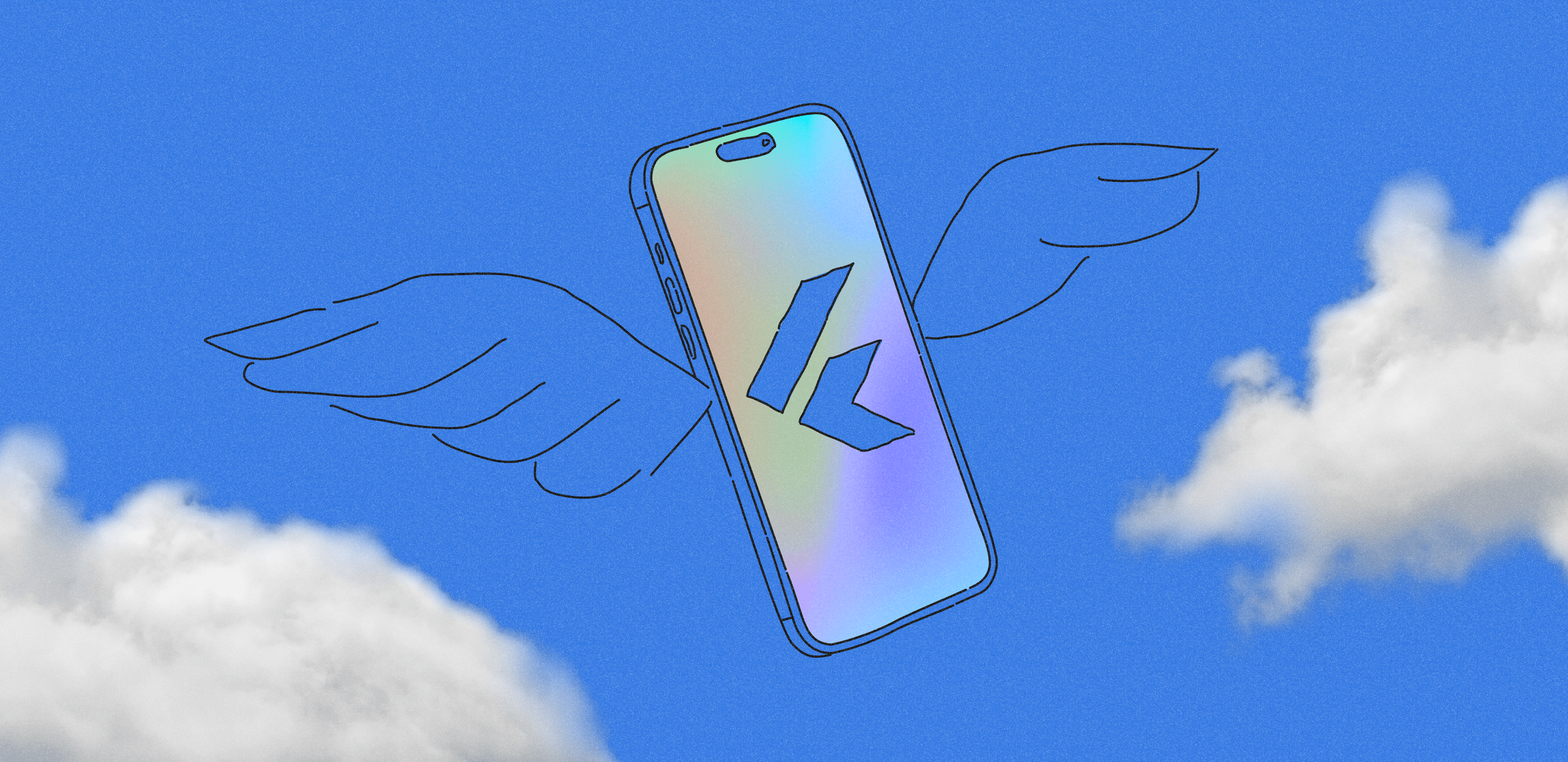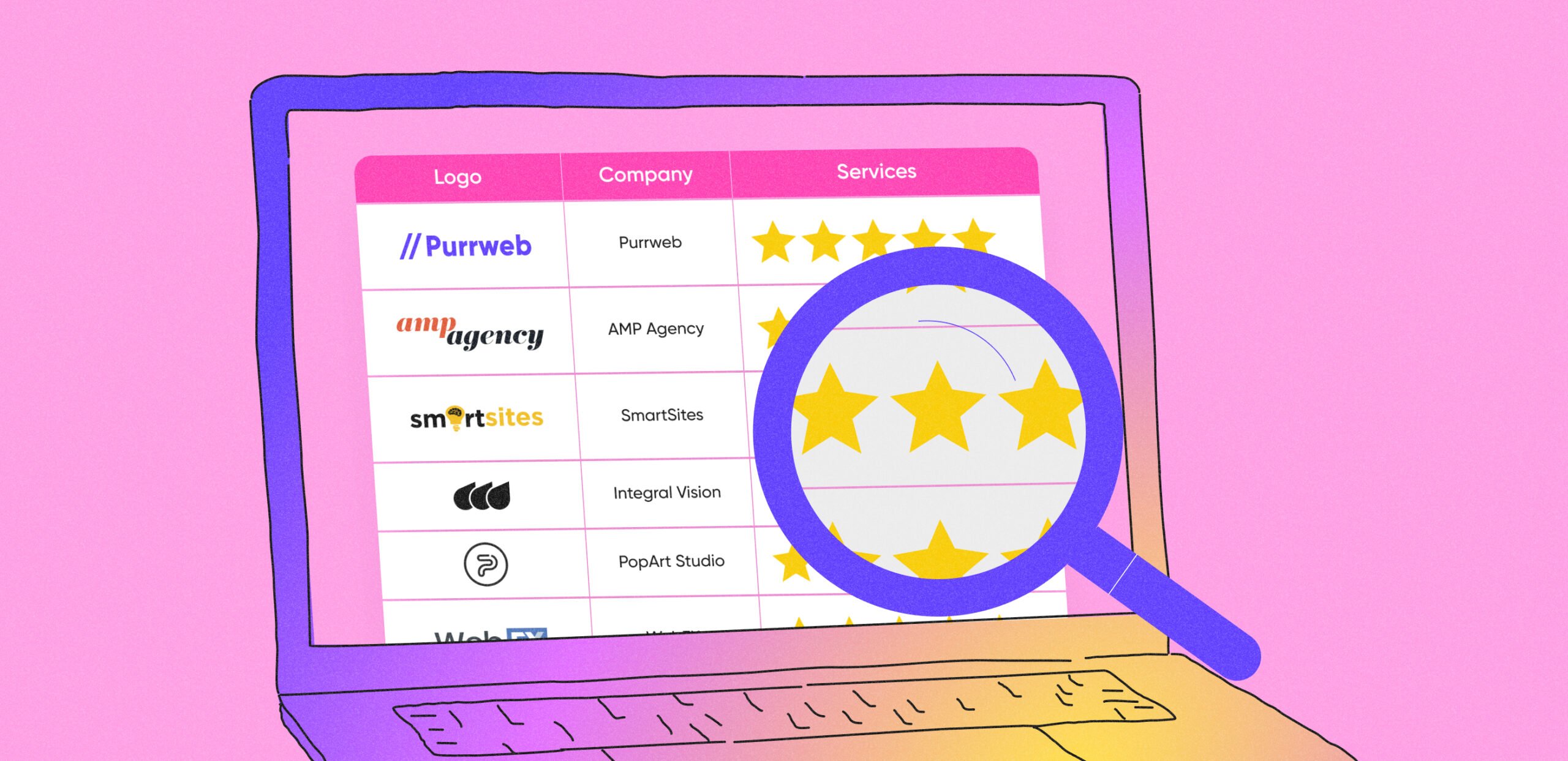Product development process is way more than ‘Let’s just put some code onto it and that’s it’. Kick anyone who says otherwise.
At Purrweb, an MVP development agency, app building isn’t mainly about writing code lines. Regardless of complexity, product development process is ALWAYS about people and…LOTS of tasks to get done. Developing an app is a long continuous journey — let’s take a look under the hood to know exactly what’s happening along the way.
Essential roles & stages
Firstly, let’s figure out what an average project team looks like. Behind every project — be it an MVP or a fully-fledged thing — the entire product development process is managed by CEO, Project Manager and Teamlead.
Here’s a breakdown of who does what:
- CEO — establishing initial agreements, discussing high-level goals, developing long-term partnerships with the client.
- Project manager — helping the team stay organized (planning sessions, daily meetings, etc), managing the client’s backlog, providing regular updates.
- Team lead — guiding the devs, delegating them tasks and reviewing their code.
Product development process is a lot of hassle. Always. To succeed, here are the steps that the project team has to go through:
Now let’s take each stage of product development process and see what exactly occurs in more detail.
Presale
Presale is what all projects usually start with. At this stage, neither CEO nor team lead, nor project manager has a good understanding of the future project. However, they need to somehow estimate it, ‘sell’ the estimation and launch the working process.
Presale is the very start, right? But even at this stage, the project team’s goals aren’t the same
So, what does the project team want from presale?
| CEO | Teamlead | Project Manager |
| To simply get started. The fewer hours the estimate includes, the better. | To not waste time on ‘potential’ projects. | To make sure both the client and I are on the same page about the project: business goals, priorities, and the scope of work. |
| To not scare the client, I want my estimate to be accurate yet with realistic timelines. | To receive the ‘already ‘sold’ project. All I need is a real project I can start working on immediately. | To allocate enough and necessary part of my time to ensure that I’ve done everything I could.. Because there’s no way I can get out of current projects. |
Who is responsible for presale? CEO is the company’s representative and hence, the main figure at this stage. Team lead and PM can only restrict CEO on the most important (for them) questions — all presale-related questions will be solved by himself.
The project’s start
This is when the project’s estimation becomes a sale. It’s time to actually launch the product development process!
What does a project team want at this stage?
| CEO | Teamlead | Project Manager |
| To load ‘free’ devs (not involved in other projects). | To get the team I feel the most comfortable to work with. Unrealistic in 99% of cases, though. | To get the team I can rely on as much as possible. |
| To earn the client’s trust by giving regular updates about the ‘made’ progress/ changes. | To prevent getting crappy results. | To get approved scope of work and real deadlines. |
| To split team lead’s time to another project. A super valuable resource that very often becomes the bottleneck. Ofc, I’ll split the time if it’s possible. | To thoroughly plan the architecture. | To avoid spending time and nerves on pre-sales or any other ‘start-stage’ projects. |
| To try the newest technologies, so the team will develop their professional skills. | To spread tasks between the devs. Small tasks – for juniors. Large tasks – for middle devs. | To make sure the devs are not using the newest technologies. Because most likely it will break all deadline expectations. |
Who’s responsible for the ‘start’ stage? Project manager is. Keeping old agreements and discussing new ones before the product development process even starts is usually on the PM’s shoulders. Anyone else would be just the restriction here.
PM plays the key role here – fact. However, before CEO takes a back seat starts searching for new projects, it is crucial to make sure that the project manager takes full responsibility for planning and monitoring the project. Because if PM doesn’t take the responsibility, the whole project will become a mess.
So, the work process is already launched. The responsibility is already taken. Let’s see what’s next.
Active phase
At this stage, the project’s decision making process depends primarily on Teamlead and PM. CEO is already in the back seat — however, is still somewhere very close 😀
So, what does the project team want from the active phase?
| CEO | Teamlead | PM |
| To keep a project on time and show stable progress. | To avoid new requirements. Because new requests might cause architecture changes/ team shuffling. | To prevent a crisis by making sure that the team spends enough time on accomplishing project tasks. |
| To make sure the backlog isn’t run out. | To allocate time for bug fixing. | To maintain trust with the client through daily updates and sprint demos. |
Who is responsible for the active phase? Teamlead is. Neither CEO nor PM can take full responsibility for what’s happening during the active phase. Instead, they just keep an eye on the project to support the productivity level.
Crisis
From the team’s perspective, the active phase is surely the safest one. The truth is that product building is never a sweet fairytale.
When it comes to product development process, the crisis might or MIGHT NOT happen. But if it happens, it always happens OUT OF THE BLUE.
So, when a crisis occurs, all the project team wants is to minimize the negative. But how can they cope with it?
| CEO | Teamlead | PM |
| I’ll be intimately involved in key decisions. This way, I’ll defend my team and won’t lose the client as well. | I’ll focus primarily on the project that’s in crisis. If there’s a need to manage several projects. | I’ll boost transparency for the client. For that, I’m gonna give updates a few times a day to prove that we bust our asses to overcome issues. |
| I’ll be a Superman 🙂 To finally save the world and return the positive image in the client’s eyes. | I’ll get new ‘already prioritized’ agreements from PM. | I’ll manage the product backlog. Time is limited, so we need to do as much as possible. |
Who takes the responsibility at the ‘crisis’ stage? Losing the reputation is the worst thing ever, so CEO shoulders responsibility for crisis management. Simply because this stage is mostly about rearranging initial agreements. The crisis doesn’t always mean the project team’s f*uckups — in some cases it’s a question of rebudgeting, rearranging working hours or business requirements. Of course, all the points mentioned above are under CEO, not PM control.
Finish
Hurrah! We’ve successfully overcome the crisis. All team members are tired, some of them have already devoted much time to the current project and almost started to get bored while making the routine tasks/using one technology 😀 However, the crisis has gone and the main features have been already built!
What does the project team want when the entire product development process is about to finish?
| CEO | Teamlead | PM |
| To start evolving the ‘done’ project. Because it never becomes ‘done’ – there’s always space for improvements. | To smoothly finish the project and dedicate enough time for polishing/devops. | To just finish the current project. |
| To switch Teamlead to another project. Ofc, if it won’t influence the project post-launch support. | To switch to another project and learn new things. | To dedicate enough time to a new project. Because the end of one project means the start of a new one. |
Who takes the responsibility at the ‘finish stage’? Project manager is responsible for establishing acceptance criteria, and hence the key player:) However, CEO puts all efforts to continue working with the existing client and hence, stays very close to PM.
Let’s just wrap things up
I won’t claim that everything above is an instant truth for everyone. This is more of what actually happens when our whole Purrweb team does while developing apps.
To keep you out of all doubt, let me highlight the following:
- App development IS NOT about shared goals. Although, there’s nothing to worry about.
- App development IS NOT about shared goals. What’s more, all team members have DIFFERENT micro-goals from the very start.
- The project team have different micro-goals. But the GLOBAL GOAL IS THE same. To eventually build an app that helps the client achieve his/her business goal and makes customers say ‘Who has built such an amazing product?’


